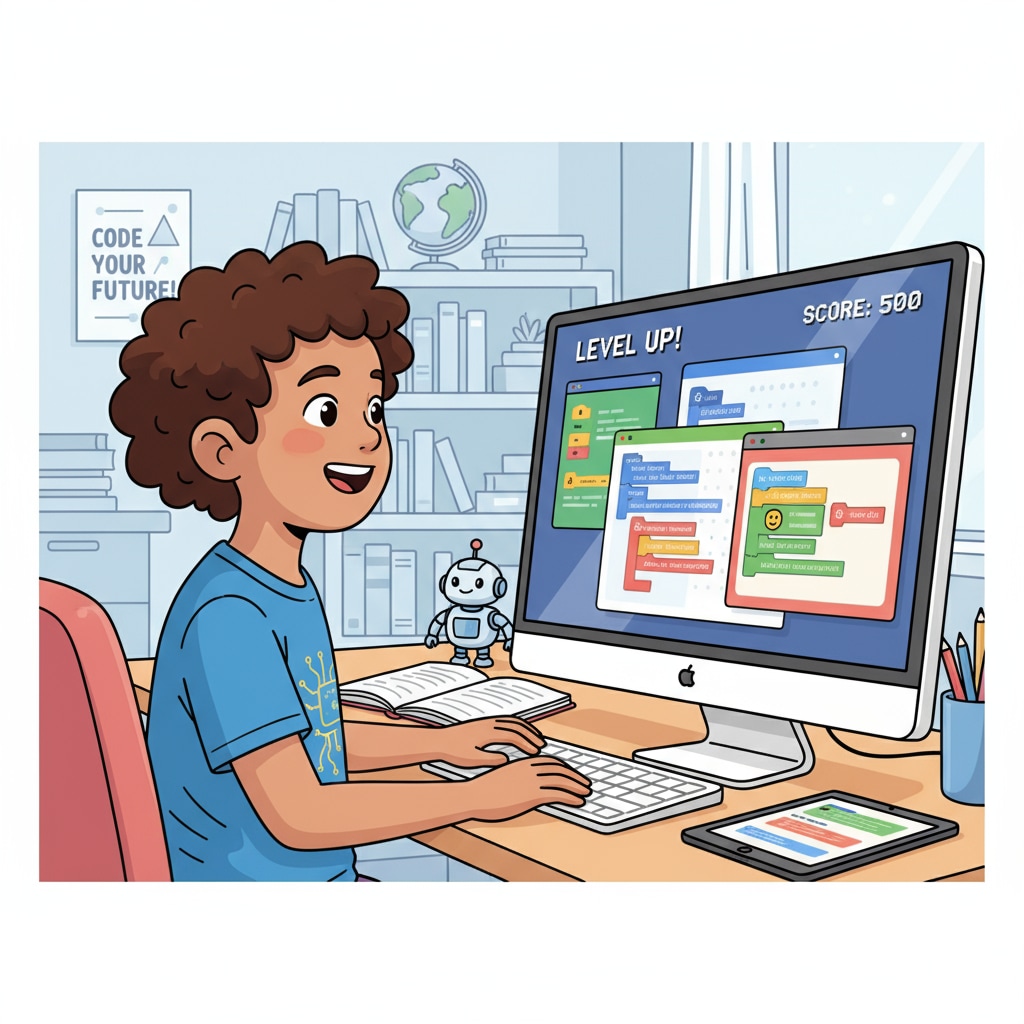Bioinformatics, programming difficulties, and scholarships are topics of great concern for students aspiring to enter the STEM (Science, Technology, Engineering, and Mathematics) fields, especially in bioinformatics. As technology advances at an unprecedented pace, the demand for professionals in this interdisciplinary field is soaring. However, students often find themselves grappling with programming challenges, which can derail their academic progress and career aspirations. This is where early introduction to programming education in the K12 stage can play a crucial role.

The Programming Hurdles in Bioinformatics
Bioinformatics combines biology, computer science, and mathematics. It involves analyzing biological data, such as DNA sequences, using computational tools. For students, the programming aspect of bioinformatics can be particularly daunting. Many lack a solid foundation in coding, which is essential for tasks like data analysis and algorithm development. For example, understanding programming languages like Python and R, which are widely used in bioinformatics, requires logical thinking and problem-solving skills that are not always developed in traditional curricula. According to Wikipedia’s entry on Bioinformatics, the complexity of biological data and the need for efficient programming solutions make it a challenging field for students new to programming.
The Significance of Early Coding Education
Introducing coding education in K12 can have far-reaching benefits. At this stage, students’ minds are more receptive to learning new skills. By starting early, they can gradually build a strong programming foundation. For instance, coding games and interactive activities can make learning fun and engaging. This early exposure helps students develop logical thinking, creativity, and problem-solving abilities. Moreover, it gives them a head start in understanding the computational concepts relevant to bioinformatics. As a result, when they reach higher education and pursue bioinformatics, they are better equipped to handle the programming requirements. Britannica’s article on STEM Education emphasizes the importance of early exposure to STEM subjects, including programming, for future academic and career success.

Furthermore, early coding education can also enhance students’ chances of securing scholarships. Many scholarship programs in the STEM fields, especially those related to bioinformatics, value students with programming skills. By demonstrating proficiency in coding at a young age, students can stand out from the competition. Scholarships not only provide financial support but also recognize students’ potential and dedication to the field.
In conclusion, bioinformatics, programming difficulties, and scholarships are intertwined aspects of a student’s journey in the STEM fields. Early coding education in K12 is a powerful tool that can help students overcome programming challenges, build a strong foundation for bioinformatics studies, and increase their prospects of obtaining scholarships. By investing in early coding education, we can empower the next generation of students to thrive in the exciting world of bioinformatics and other STEM disciplines.
Readability guidance: The article uses short paragraphs and lists to summarize key points. Each H2 section provides relevant details. Passive voice and long sentences are kept to a minimum. Transition words like “however,” “for example,” and “moreover” are used to enhance readability.


